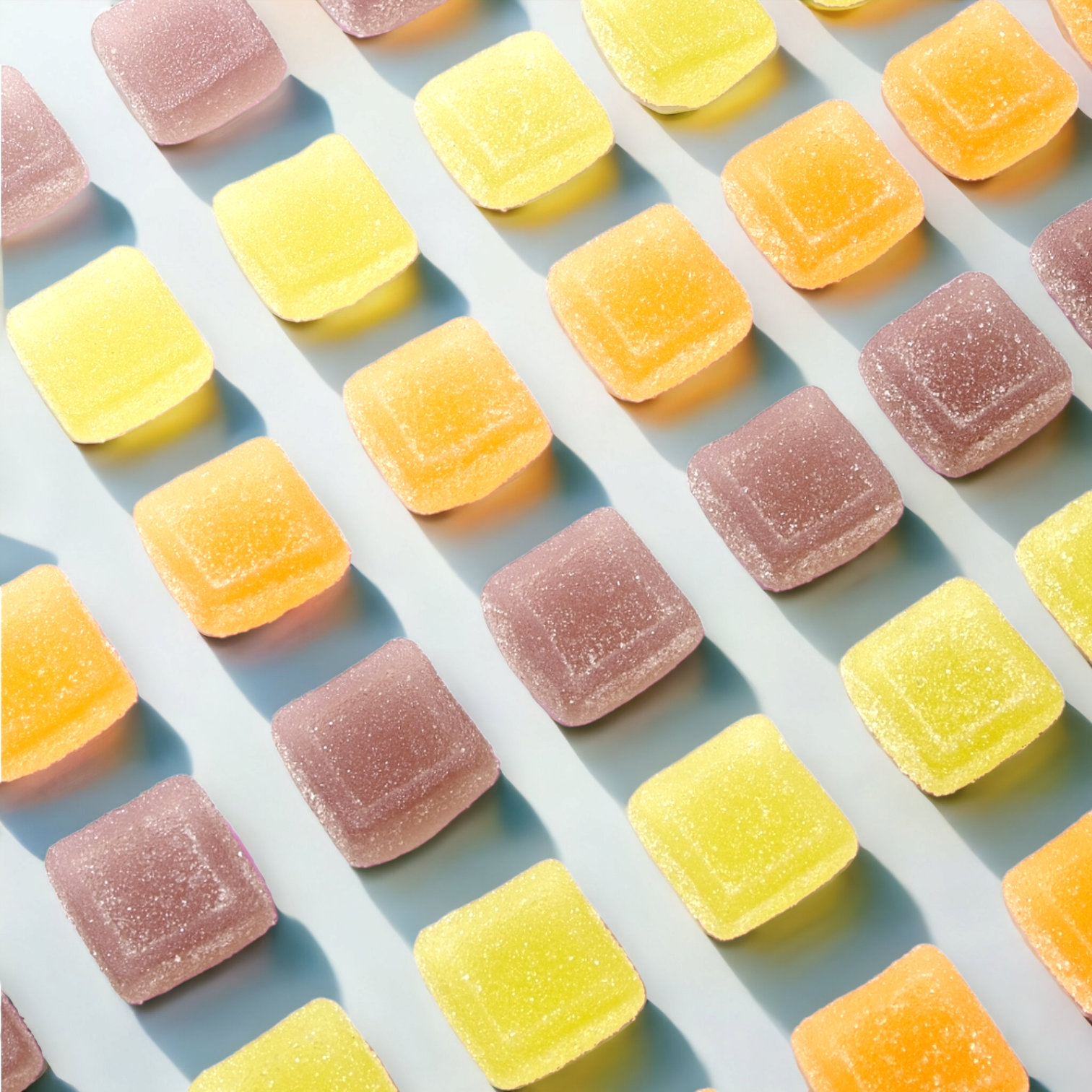Cannabidiol (CBD) is undoubtedly the “cool kid” in the hemp industry. Although this cannabinoid has many impressive health benefits, it’s important to remember that CBD is one of over 100 unique cannabinoids in the cannabis plant.
One significant cannabinoid that researchers are only beginning to appreciate is called cannabigerol (CBG). Not only does this non-psychoactive cannabinoid show immense potential, many scientists believe studying CBG could help hemp farmers get the most yield out of their crop. Let’s explore a few fascinating facts about this relatively unknown cannabinoid.
As you might already be aware, all cannabinoids are in a non-active acidic state in the raw cannabis plant. It’s only after the decarboxylation process, in which acidic compounds are exposed to high temperatures or UV lights, that these cannabinoids transform into their non-acidic active forms.
The most fascinating thing about cannabigerolic acid (CBGA) is that it’s the originator of some of the most iconic cannabinoids…including cannabidiolic acid (CBDA). Simply put, there would be no CBD without CBGA. And it doesn’t stop there. CBGA has also been shown to produce the precursor to the psychoactive compound tetrahydrocannabinol (THC) as well as the soothing cannabinoid cannabichromene (CBC).
Because CBGA plays such a central role in producing other cannabinoids, researchers believe studying CBGA could help develop novel cannabis farming techniques. With a better understanding of CBGA, hemp farmers might be able to manipulate their crop to produce higher yields of CBD.
One of the tricky things about CBG is that it only appears in very small amounts in the flowering cannabis plant. Obviously, as CBGA converts into other chemicals like CBDA, there’s less overall CBGA in the plant. This is the main reason researchers have struggled to thoroughly study CBG in the past few decades.
Due to the increased interested in CBG, however, more farmers are cutting their cannabis in the budding phase. By snipping the cannabis plant in its early stages of development, scientists are able to extract far more CBGA than in the vegetative and flowering stages.
The future certainly looks bright for CBG. While this cannabinoid probably won’t eclipse CBD in terms of popularity, CBG is likely to gain prominence as more research gets published. A more thorough understanding of how CBG works could revolutionize hemp cultivation and the treatment of dozens of conditions.
Read more :

